
The British Army is the principal land warfare force of the United Kingdom, a part of British Armed Forces. As of 2019, the British Army comprises just over 79,300 trained regular (full-time) personnel and just over 27,200 trained reserve (part-time) personnel.

The Republic of Sierra Leone Armed Forces (RSLAF) is the armed forces of Sierra Leone, responsible for the territorial security of Sierra Leone's border and defending the national interests of Sierra Leone, within the framework of its international obligations. The armed forces were formed after independence in 1961, on the basis of elements of the former British Royal West African Frontier Force, then present in the country. The Sierra Leone Armed Forces currently consist of around 13,000 personnel.
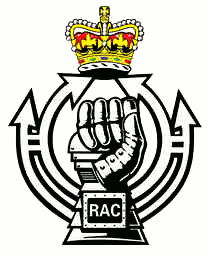
The Royal Armoured Corps (RAC) provides the armour capability of the British Army, with vehicles such as the Challenger 2 Tank and the Scimitar Reconnaissance Vehicle. It was created as a loose association of armoured regiments, both the Royal Tank Regiment and those converted from old horse cavalry regiments. Today it comprises fourteen regiments – ten regular and four Yeomanry.

The units of the British Army are commanded by the Chief of the General Staff. This is broadly similar to the structures of the Royal Navy and Royal Air Force, in that the four-star (general-equivalent) commanders-in-chief have been eliminated since 2011 and service chiefs are given direct command of their respective services and are responsible as Top Level Budget (TLB) holders. Army Headquarters is located in Andover, Hampshire. There is a Commander Field Army and a personnel and UK operations command, Home Command.
This is the Operation Telic order of battle, which lists the British forces that took part in Operation Telic, including
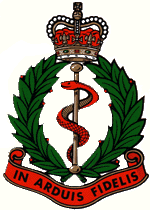
The Royal Army Medical Corps (RAMC) is a specialist corps in the British Army which provides medical services to all Army personnel and their families, in war and in peace. The RAMC, the Royal Army Veterinary Corps, the Royal Army Dental Corps and Queen Alexandra's Royal Army Nursing Corps form the Army Medical Services.

Operation Barras was a British Army operation that took place in Sierra Leone on 10 September 2000, during the late stages of the nation's civil war. The operation aimed to release five British soldiers of the Royal Irish Regiment and their Sierra Leone Army liaison officer, who were being held by a militia group known as the "West Side Boys". The soldiers were part of a patrol that was returning from a visit to Jordanian peacekeepers attached to the United Nations Mission in Sierra Leone (UNAMSIL) at Masiaka on 25 August 2000 when they turned off the main road and down a track towards the village of Magbeni. There the patrol of twelve men was overwhelmed by a large number of heavily armed rebels, taken prisoner, and transported to Gberi Bana on the opposite side of Rokel Creek.

The Royal Corps of Transport (RCT) was a British Army Corps established to manage all matters in relation to the transport of men and material for the Army and the wider Defence community. It was formed in 1965 and disbanded in 1993; its units and trades were amalgamated into the Royal Logistic Corps. The Depot and Training Regiment RCT was at Buller Barracks in Aldershot.

16 Air Assault Brigade is a formation of the British Army based in Colchester in the county of Essex. It is the Army's rapid response airborne formation and is the only brigade in the British Army focused on delivering air assault operations.
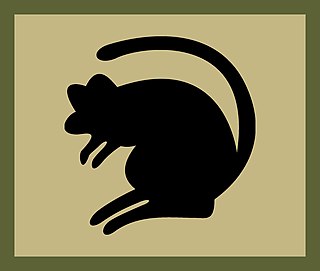
4th Infantry Brigade and Headquarters North East, previously known as 4th Mechanized Brigade is a brigade formation of the British Army, currently based in Catterick, North Yorkshire as part of 1st Division. The brigade, now known as the 'Black Rats', was formed in 1939 and fought in the Second World War in the Western Desert Campaign in North Africa. The Black Rats were subsequently involved in the invasion of Sicily and fighting in Italy before taking part in the Battle of Normandy and the advance through Belgium, Holland and into Germany.
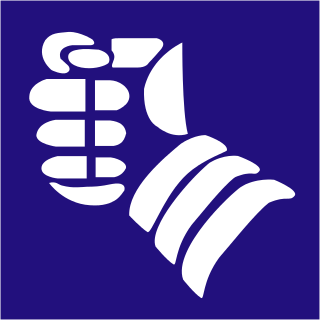
The 20th Armoured Infantry Brigade is an armoured infantry brigade formation of the British Army, currently based at Wing Barracks, Bulford, Wiltshire, as part of the 3rd Division.

The 19th Light Brigade was a Regular Army infantry brigade of the British Army. It fought in the First and Second world wars. The brigade became 19 Light Brigade in 2005, and moved to Northern Ireland following the end of Operation Banner and "normalisation" of British military operations in the province. Following the 2010 Strategic Defence and Security Review (SDSR), the Brigade entered suspended animation in March 2013.
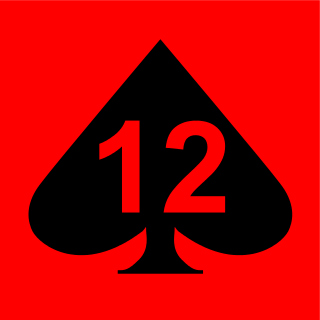
The 12th Armoured Infantry Brigade, formerly the 12th Mechanized Brigade, is a regular brigade of the British Army which has been in almost continuous existence since 1899 and now forms part of 3rd Division.
This is the Operation Herrick ground order of battle, which lists any British ground forces that have taken part in the duration of Operation Herrick between 2002 and 2014.
Land Command was a military command and part of the structure of the British Army from 1995 to 2008. Its headquarters was at Erskine Barracks, at Fugglestone St Peter, some four kilometres northwest of Salisbury in Wiltshire.

104 Logistic Support Brigade is a logistics brigade of the British Army.
Army 2020, was the name given to the restructuring of the British Army, in light of the 2010 Strategic Defence and Security Review.
84 Medical Supply Squadron is a squadron of the British Army's Royal Logistic Corps. It is currently attached to 9 Regiment RLC and provides medical supply to the British Armed Forces when deployed on operations around the world.
Army 2020 was announced in parliament in November that year which would see a massive re-organisation of the British Army. After many lessons and Operation Herrick, the higher command sought to make an army that was 'prepared for the future'.













